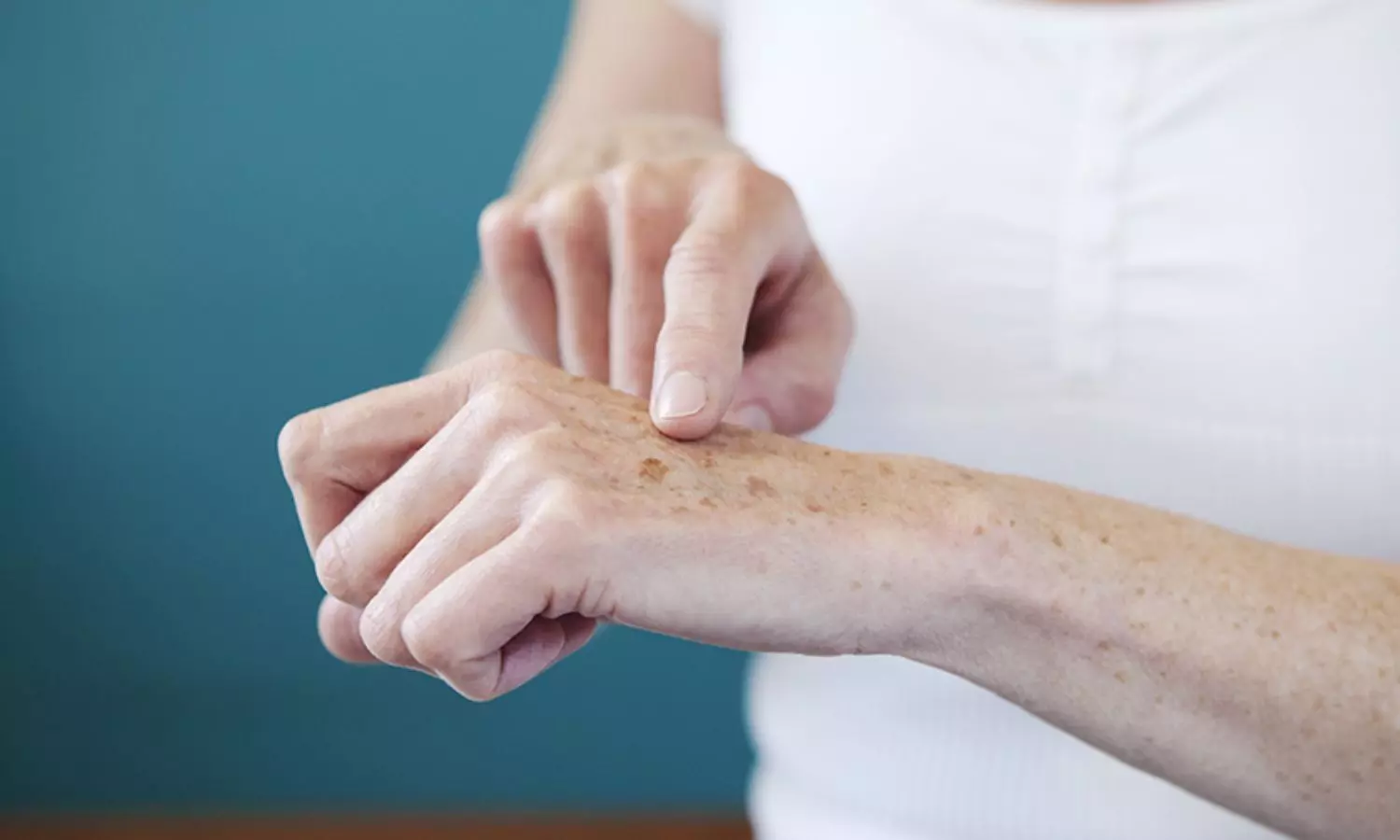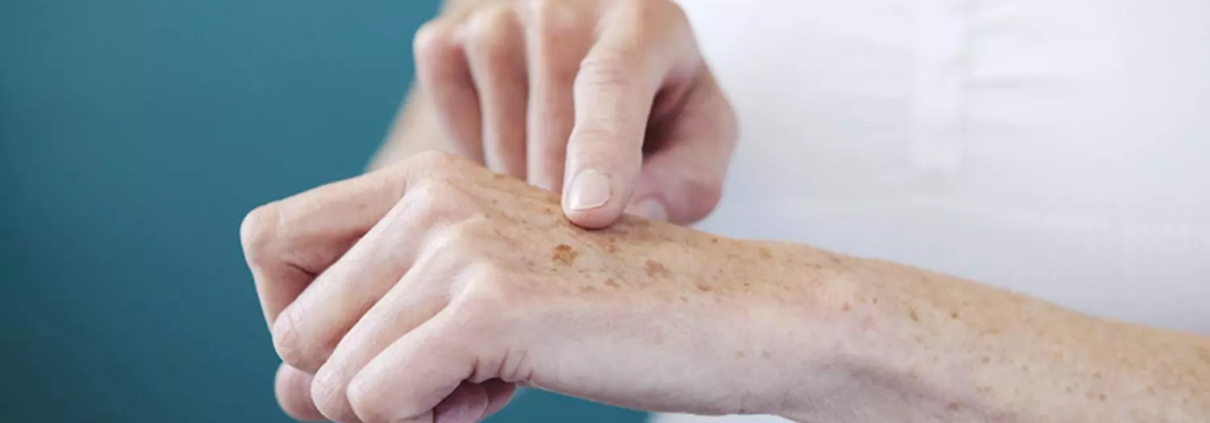Groundbreaking study shows novel peel combination as safe and effective for hand lentigines

USA: In a groundbreaking study published in Dermatologic Surgery, dermatologists have unveiled a promising new treatment for hand lentigines, or age spots. The research indicates that a series of three chemical peels, combining 15% trichloroacetic acid (TCA) with 3% glycolic acid (GA), prove to be effective and safe in reducing the appearance of these common skin blemishes.
The study stated that a series of three 15% TCA + 3% GA peels are safe and effective in treating hand lentigines.
“Patients who received a series of TCA + GA peels over three treatments at intervals of 4 weeks showed significant improvements compared to untreated hands,” the researchers reported. They noted that the procedure was well-tolerated, with no adverse events observed and minimal pain reported.
Hand lentigines, characterized by small, dark spots on the skin, are often associated with aging and prolonged sun exposure. While various treatments exist, finding a safe and effective approach, particularly for the delicate skin of the hands, has been a challenge.
Improving the appearance of lentigines on the hands is an important component of hand rejuvenation. Soft tissue fillers revolumize hands but do not address pigmentary changes. Kachiu Lee, Department of Dermatology, Temple University, Philadelphia, Pennsylvania, and colleagues aimed to investigate the efficacy of a 15% trichloroacetic acid + 3% glycolic acid combination peel in improving the appearance of hand lentigines.
For this purpose, the researchers performed a prospective evaluator-blinded, split-hand study using a 15% TCA + 3% GA peel for treating hand lentigines. Subjects received three treatments at 4-week intervals on one hand, with the other hand serving as an untreated control.
Final photographs were taken 12 weeks following the last treatment. Improvement in hand lentigines was graded using a 5-point scale by two blinded board-certified dermatologists. 90% of the patients completed the study; the mean age was 64.4 years.
The study led to the following findings:
- The mean pain scores were 3.8 on a 10-point scale (1 = no pain, 10 = extremely painful).
- Blinded evaluators correctly identified the after-treatment photographs in 88% of the patients.
- Physician and patient-graded mean improvement of lentigines was significant for treated versus control hands.
- There were no adverse events.
The findings showed that a series of chemical peels (15% TCA + 3% GA) offer an effective and safe treatment for improving the appearance of lentigines in the hands. It is a cost-effective option versus energy-based devices and has fewer side effects and downtime compared with cryotherapy.
“This cosmetic treatment can be combined with other modalities, such as soft tissue fillers aimed at revolumization, to improve the overall appearance of photoaged hands,” the researchers concluded.
These findings represent a significant advancement in dermatology, offering dermatologists and patients a non-invasive and reliable option for addressing hand lentigines. With further research and clinical validation, triple peels may soon become a standard treatment modality, helping individuals reclaim confidence in the appearance of their hands and overall skin health.
Reference:
Alajmi, Ali MD*; Niaz, Ghassan MD*,†; Chen, Christine BA‡; Lee, Kachiu MD, MPH*,§. A 15% Trichloroacetic Acid + 3% Glycolic Acid Chemical Peel Series Improves Appearance of Hand Lentigines: An Evaluator-Blinded, Split-Hand Prospective Trial. Dermatologic Surgery 50(5):p 467-470, May 2024. | DOI: 10.1097/DSS.0000000000004114



